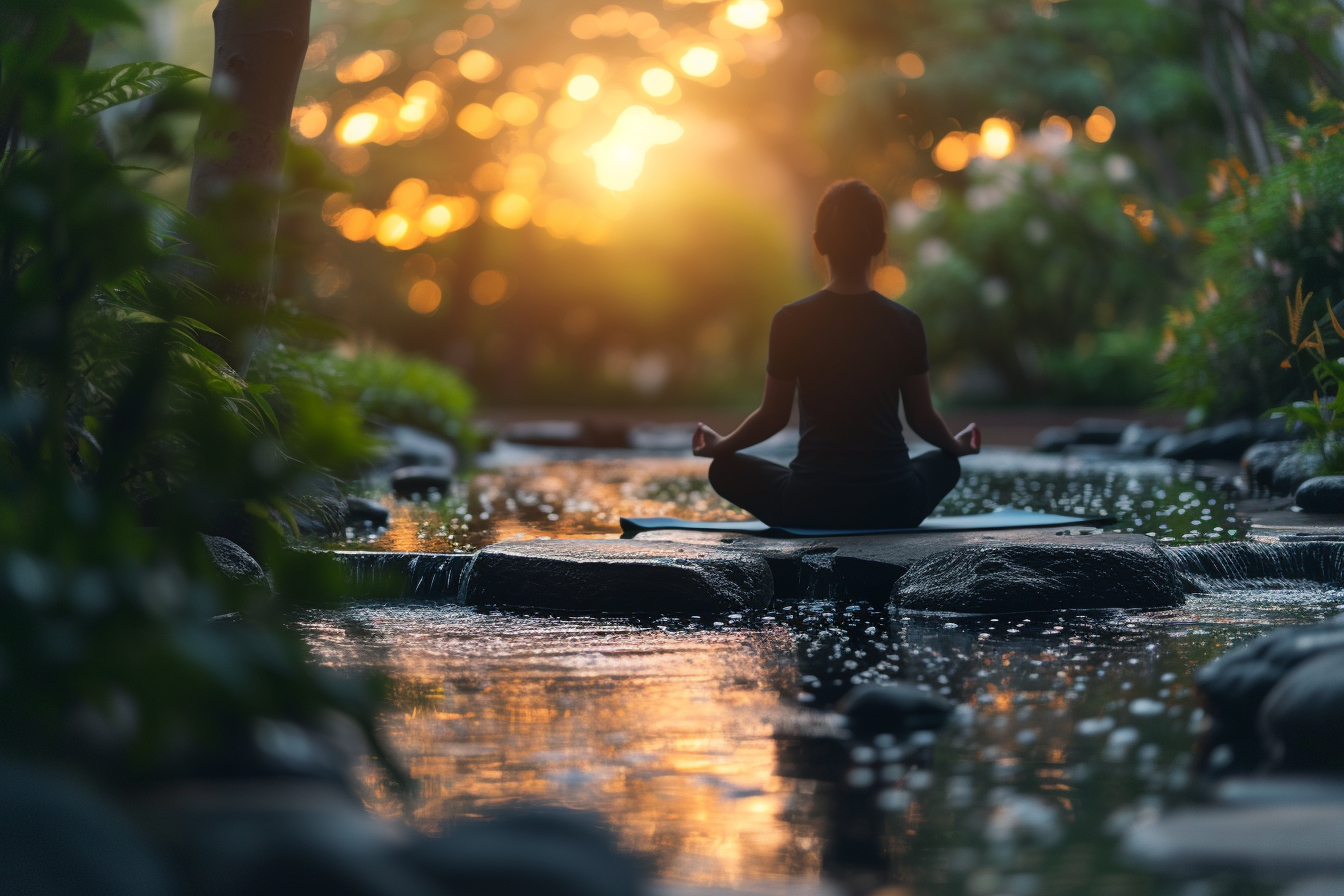Mindfulness has emerged as a powerful tool for improving mental well-being by anchoring individuals in the present moment, fostering a sense of peace and clarity. This ancient practice has gained significant traction in the modern world, as it offers a respite from the relentless pace of everyday life. Below, we delve into various mindfulness techniques that promise to enhance your mental health, providing a comprehensive overview for those seeking solace in the midst of chaos.
Understanding mindfulness
Mindfulness revolves around a simple yet profound principle: paying full attention to the present moment without judgment. This means observing thoughts, feelings, bodily sensations, and the surrounding environment with an attitude of acceptance. By doing so, one learns to witness the ebb and flow of experience without being caught in the riptide of reactive thoughts and emotions.
Breathing techniques to center your mind
Diaphragmatic breathing
Key to unlocking a calmer state of mind is mastery over one’s breath. Diaphragmatic breathing, also known as belly breathing, encourages full oxygen exchange and is effective in reducing the heart rate and inducing relaxation.
How to practice:
- Sit comfortably or lie down, placing one hand on your chest and the other on your abdomen.
- Breathe in slowly through your nose, directing the air into your belly so that your hand rises, and your chest remains still.
- Exhale slowly through pursed lips, feeling the hand on your abdomen descend.
The 4-7-8 method
The 4-7-8 technique is a breathing rhythm that promotes calmness by combining controlled breathing with mental counting.
How to practice:
- Inhale quietly through your nose for 4 seconds.
- Hold your breath for a count of 7 seconds.
- Exhale completely through your mouth for 8 seconds.
Mindful observation practices
Body scan meditation
A body scan is a simple method to get in touch with the physical sensations in your body, helping to release tension and establish presence.
How to practice:
- Begin by lying down, sitting, or standing in a comfortable position.
- Gradually bring your attention to different parts of your body, starting from the toes and moving upward.
- As you focus on each area, notice any sensations, warmth, discomfort, or relaxation without trying to change what you feel.
Five senses exercise
The five senses exercise draws your focus to the immediate senses, providing an anchor to the present moment.
How to practice:
- Take a moment to name five things you can see.
- Acknowledge four things you can touch.
- Notice three things you can hear.
- Detect two things you can smell.
- Recognize one thing you can taste.
Incorporating mindfulness into daily activities
Mindful eating
Transform the act of eating into a meditative practice by focusing on the experience with all your senses.
How to practice:
- Before eating, take a moment to express gratitude for the meal.
- Observe the colors, shapes, and textures on your plate.
- Chew slowly, savoring each flavor and texture.
- Reflect on the journey the food took to reach your plate.
Mindful walking
Walking, a habitual activity, can become a rich mindfulness practice with the right intent.
How to practice:
- As you walk, pay attention to the sensation of your feet touching the ground.
- Notice the rhythm of your strides and the feel of the air against your skin.
- Observe the environment around you without attaching to thoughts that arise.
Cultivating mindfulness through structured practices
Guided imagery
Engage your imagination with guided imagery, which transports you to peaceful settings, aiding in relaxation.
How to practice:
- Listen to a guided imagery recording or visualize a serene place in your mind’s eye.
- Engross yourself in the details of this place using all your senses.
- Allow the soothing environment to envelop your thoughts, easing stress.
Mindful yoga
Yoga combines movement with breath, allowing practitioners to develop mindfulness and body awareness.
How to practice:
- Choose a Yoga style that emphasizes slow, deliberate movements and breath synchronization.
- Flow through the postures with close attention to the transitions and sensations in your body.
- Use the alignment and steadiness of each pose as a focal point for your concentration.
Evolving mindfulness practice

Apps and online resources
Several apps and online resources have been developed to facilitate mindfulness practice, providing guided meditations, breathing exercises, and educational content. Exploring diverse approaches can aid in discovering the most resonant technique for your personal growth.
Retreating into silence
Consider attending a silent retreat to deepen your mindfulness practice, where prolonged periods of meditation and reflection can lead to profound insights and heightened self-awareness.
Joining a mindfulness community
Engagement with a community of like-minded individuals offers support and enriches the practice through shared experiences.
Mindfulness is not a one-size-fits-all solution but a personal journey of discovering what resonates with you. Experiment with these techniques, integrate them into your life, and observe how mindfulness can transform your mental well-being. As you develop a stronger connection with the present moment, you may find that the ripples extend beyond mere relaxation, influencing your relationships, work, and overall quality of life.

